I found a similar question here and understood the following: input signal must be within the input common-mode voltage range of the OpAmp. Take for example AD8055 which can be powered by dual or single voltage supply. The specsheet describes IO characteristics for only dual power supply:
TA = 25°C, VS = ±5 V, RF = 402 Ω, RL = 100 Ω, Gain = +2, unless otherwise noted.

However, I wish to power this OpAmp with a single power supply. Let's say I will provide -Vs=0V and +Vs=5V. How do I determine IO characteristics than?
Here's another example: LT1818 OpAmp. They actually provide IO characteristics for dual and single power supplies:
TA = 25°C. (Note 9) VS = ±5V, VCM = 0V, unless otherwise noted

TA = 25°C. (Note 9) VS = 5V, 0V; VCM = 2.5V, RL to 2.5V unless otherwise noted
Now they introduced positive/negative notion for IO voltage. How to understand it? Is it the maximum/minimum voltages, voltages that used for Vin+ and Vin- respectively, or they omit the '-' sign for the negative voltages? It does implicitly say that on a single 5V supply, the output swings from 1V to 4V with a 100Ω load connected to 2.5V.
My video signal will will range +0.5V to +2.5V. I want to use any of these two OpAmps as buffers G=+1. I know that if I use dual +-5V power supply, they will work. However, I wish to stick to single +5V supply. Would any of them still do the buffer job for my video signal range?
